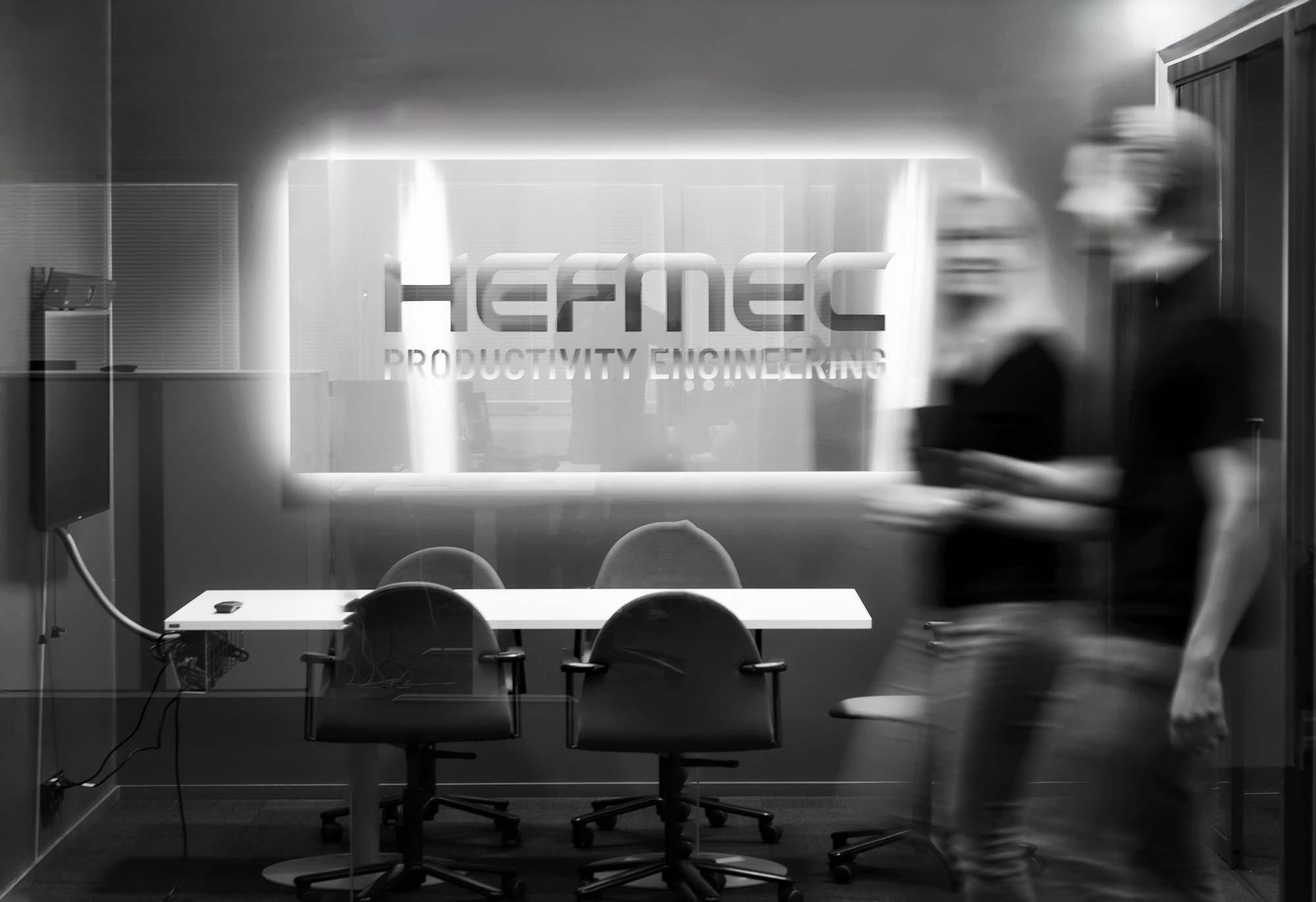Why the URS document is important for industrial projects
In industrial projects, the URS document, or User Requirement Specification, is a key tool that defines the requirements and objectives of the project. It serves as the basis of the project, to which all parties can refer. The URS document helps to ensure that all project participants understand the project objectives in the same way, reducing misunderstandings and errors. This is particularly important in large industrial projects where even small errors can lead to significant costs and schedule delays.
An effective URS document ensures that the technical and functional requirements of the project are clearly defined. This helps the project team focus on the right things and ensures that the end result meets the customer’s expectations. In addition, the URS document serves as an important communication tool between different stakeholders, improving collaboration and project management.
Main components for the URS document
An effective URS document consists of several key elements that together form a comprehensive requirements specification. The first part is the project overview, which defines the background, objectives and scope of the project. This gives all parties involved a clear understanding of the purpose and objectives of the project.
Another important part is the technical requirements, which define exactly what technical features and functions are expected from the project. This can include, for example, performance requirements, user interface requirements and system integration requirements. It is important that these requirements are clear and measurable so that their fulfilment can be monitored as the project progresses.
The third part is the functional requirements, which describe how the system or product should work from the user’s point of view. This includes, for example, usage scenarios, user roles and user interface requirements. Functional requirements help to ensure that the final product meets the needs and expectations of users.
How to ensure the clarity and comprehensibility of your URS document
A clear and understandable URS document is the key to a successful industrial project. One way to ensure clarity is to use simple and clear language that is easily understood by all parties involved. Avoid complex technical jargon unless absolutely necessary, and explain special terms where necessary.
Another way to improve the comprehensibility of a document is to use visual elements, such as diagrams and tables, to help illustrate complex concepts. This makes the document easier to read and understand, especially for those who are not technical experts.
It is also important that the URS document is well structured and logically flowing. Use clear headings and subheadings to help the reader navigate the document and find the information they need quickly.
Tools for creating a URS document
Several tools are available to help you create an effective URS document, making the process easier and improving the quality of the document. One of the most popular tools is Microsoft Word, which offers a wide range of formatting and structuring options. Word allows you to create clear, professional documents that are easy to share and edit.
Another useful tool is Microsoft Excel, which is particularly suitable for managing technical requirements and specifications. Excel’s spreadsheet features allow you to organise and prioritise requirements in a clear format.
There are also specialised software tools, such as JIRA and Confluence, which are specifically designed to manage requirements specifications. These tools offer comprehensive features for requirements tracking, versioning and collaboration, making them excellent choices for large and complex projects.
Tips for updating your URS document
Updating the URS document is an essential part of project management, as project requirements can change over time. One of the most important things is to ensure that any changes are clearly documented and communicated to all parties involved. This helps avoid confusion and ensures that everyone is aware of the latest requirements.
It is also important that the URS document is easily editable and has a clear version history. This allows the document to be easily updated and ensures that all parties can keep track of changes and their impact on the project.
Finally, regular checks and updates are key to ensuring that the URS document is up-to-date. Schedule regular audits to assess the document’s currency and make any necessary updates. This will help ensure that the document remains relevant and supports the achievement of project objectives.
For more information on defining and managing requirements, visit Hefmec’s URS services.



